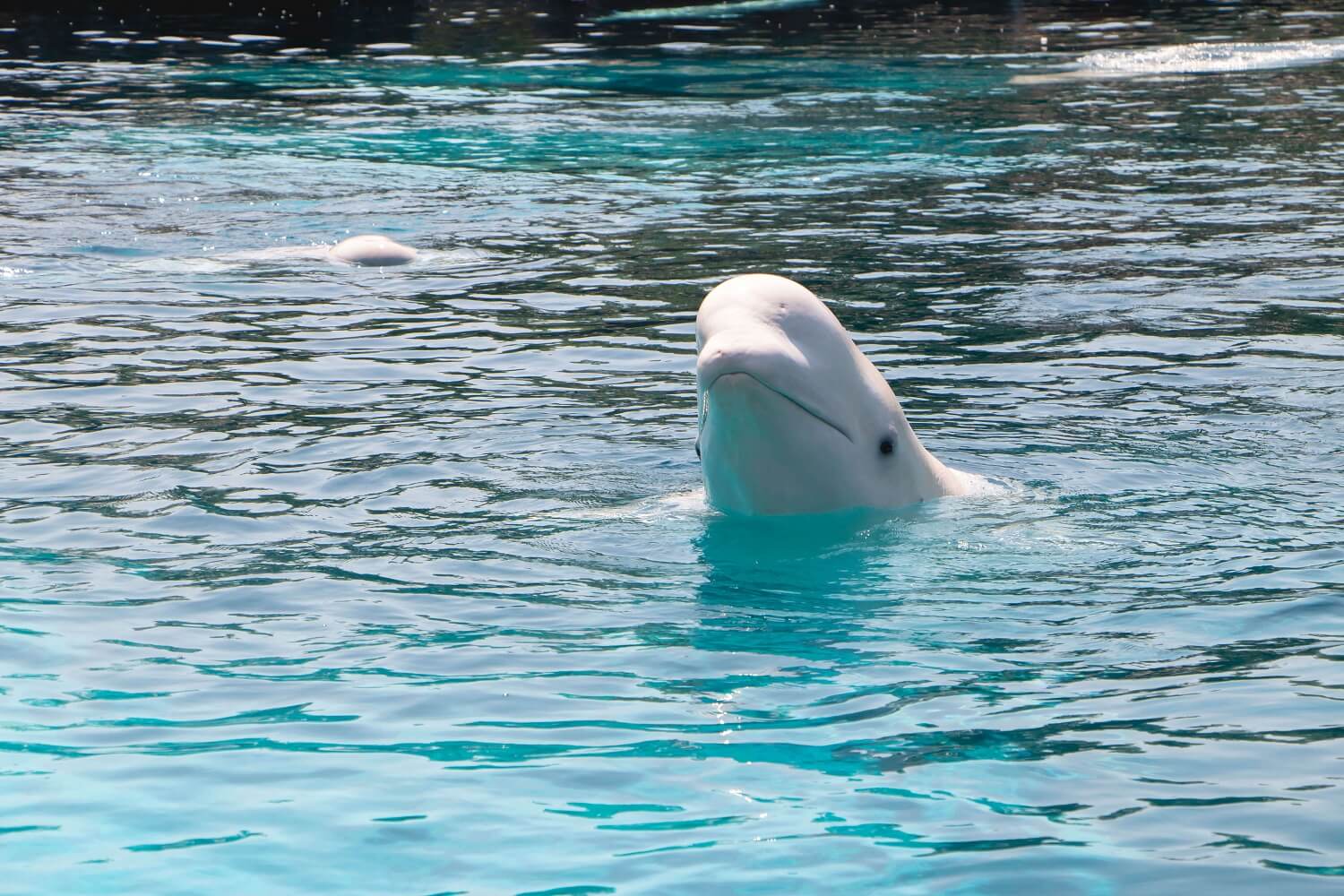Cats have an innate need to scratch. Our kitty companions find great pleasure in scratching trees, furniture, carpets or other in-home belongings. There are many reasons behind the behaviour, including to stretch their bodies, shorten and condition their claws, and to mark their territory. Cats’ claws are an important part of who they are and how they interact with the world.
Unfortunately, not all humans appreciate the importance of claws to cats. The declawing of cats for convenience became a popular way to protect furniture and prevent scratches. Happily, new scientific evidence and changing attitudes are helping society realize how incredibly harmful declawing really is for our feline friends.
What is cat declawing, & how does it affect cats?
Declawing, also known as onychectomy, or Partial Digital Amputation (PDA), is a veterinary procedure that involves amputating the last joint of a cat’s toes. An alternate procedure is called tendonectomy, where the vet surgically cuts the tendon that controls the extension and retraction of the claw. The human equivalent to cat declawing would be to have one’s finger cut off at the first knuckle.
Cat declawing procedures are medically unnecessary, can be incredibly painful, and cause kitties to suffer. Negative effects of cat declawing can include long term pain and discomfort, infection, nerve damage, improper regrowth, lameness, tissue death, back pain, bone spurs, litterbox avoidance, overgrooming, and an increase in biting from cats who feel defenceless without their claws.
Legal progress to ban cat declawing
But there’s good news: Dozens of countries and jurisdictions around the world, and vet associations and provinces in Canada are now banning the cruel practice, and it is no longer supported by Canadian Veterinary Medical Association. Currently, vet associations in British Columbia, Alberta, Manitoba, New Brunswick, Nova Scotia, PEI, and Newfoundland and Labrador have all banned their members from performing the procedure. In 2018, Nova Scotia became the first Canadian province to pass a legal province-wide ban on cat declawing.
How to stop unwanted scratching
Many alternative options are available to help manage scratching by kitties, including:
- Investing in scratching posts—a great way for cats to keep their claws healthy. Use catnip or some toys to lure your cat to the scratching post so they get used to it.
- Covering the surface that cats tend to scratch with a less appealing material like aluminum foil.
- Trimming your kitty’s nails. Clipping decreases a cat’s need to remove the outer layer of their nails when they shed it off. Do this monthly.
- Covering their claws with soft plastic caps.
- Reinforcing scratching post usage by providing treats. Never use harsh verbal or physical corrections with your cat.
It’s time for a national ban on cat declawing
For too many years, cat declawing was seen as a perfectly normal way to change a cat’s scratching behaviour. But with so much evidence pointing to the psychological and physiological suffering that cats endure because of it, it’s finally time that Canada bans this cruel practice for good. Animal Justice is working toward a nation-wide ban on this painful and outdated procedure.
Guest post by Amanda Tracey
Join the Animal Justice mailing list



